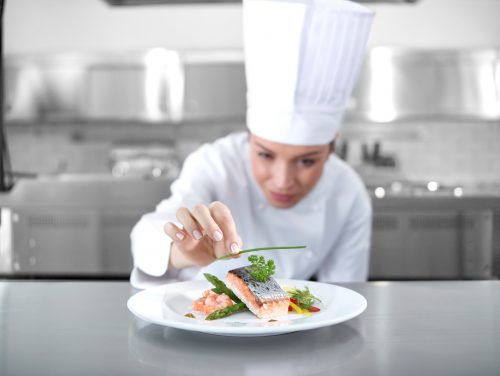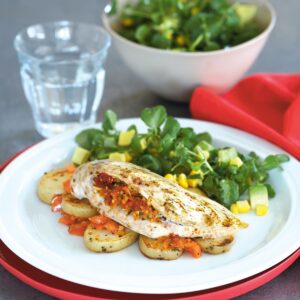
ADVERTORIAL: This article was supplied by the New Zealand Seafood Industry Council.
How to get omega-3
Our great-grandmothers were right about cod liver oil. They were also right that the best source of ‘good oil’ is fish. And because humans can’t produce omega-3 fatty acids ourselves, there’s only one way to get it: by eating it.
Fortunately we’re not limited to the nasty tonic of yesteryear; today scientists have shown that eating more seafood is the simple solution. Add that New Zealand seafood is a source of high-quality protein, low in total and saturated fat, providing the most readily available source of omega-3, and you have the ‘superstar’ of healthy eating.
Although long-chain omega-3 fatty acids found in fish (eicosapentaenoic acid, EPA, and docosahexaenoic acid, DHA) are a vital part of a healthy diet, they’re not the only omega-3 out there. Wherever we shop, we’ll find omega-3 enriched or fortified products.
So what’s the difference and does it really matter?
According to research, it does. Not all omega-3s are the same. The ones from fish may be more beneficial than those from plant sources (alpha-linolenic acid, ALA). Plant-source omega-3, used to ‘enrich’ other products, has a very low conversion rate to long-chain omega-3.
Regularly eating seafood will ensure we get the recommended intake and provide a lot of what we need to stay healthy for longer. Aim for two or more servings of New Zealand seafood a week. Including a combination of oily fish like salmon and tuna with white fleshed fish should easily provide your recommended weekly intake of long-chain omega-3.
To get your healthy share of omega-3, eat more of New Zealand’s sustainably managed seafood.
Types of fish
Here are some examples:
Salmon: It’s delicious. It also has a high satiety level – it makes you feel full faster, which is useful if you are watching your weight.
Tuna: Both fresh and canned tuna is a good source of omega-3. Try it on a few crackers for afternoon tea, add it to salad sandwiches, throw into freshly cooked pasta. Other choices: mackerel, herring.
Sardines and anchovies: Bring back sardine sandwiches! Fresh bread and some reduced fat spread, thinly sliced cucumber… yum. Sardines used to be a staple school lunch item – try them with your family. Anchovies are a great addition to pasta sauces and pizza, and can be easily ‘hidden’ as an ingredient for other dishes.
Shellfish and crustaceans: Mussels, scallops, paua, lobster and crab are also sources of omega-3. In the summertime, you can enjoy getting your own but if you’re out of luck, try your local fish shop or supermarket.
White fish: Some omega-3 is better than none and for people who don’t like ‘oily’ fish, getting the valuable fatty acid from white fish is a good excuse to eat more of it, more often. Try tarakihi, snapper, gurnard, trevally, hoki… we’re spoilt for choice in New Zealand.
Advertorial supplied by the New Zealand Seafood Industry Council.
www.healthyfood.com










